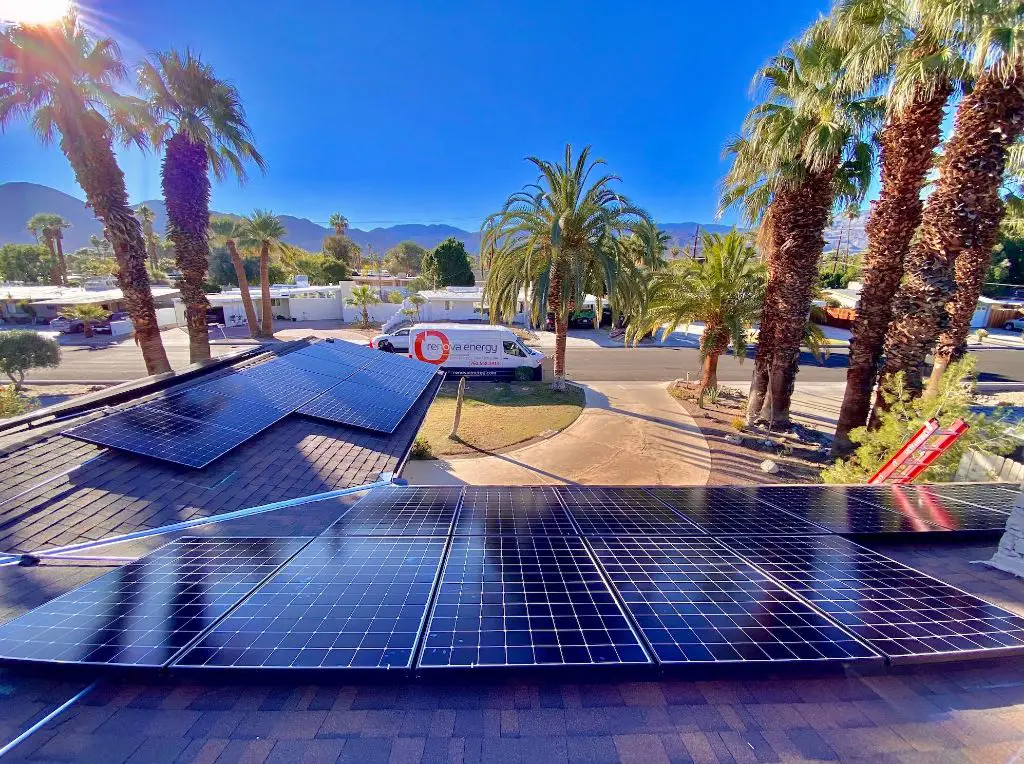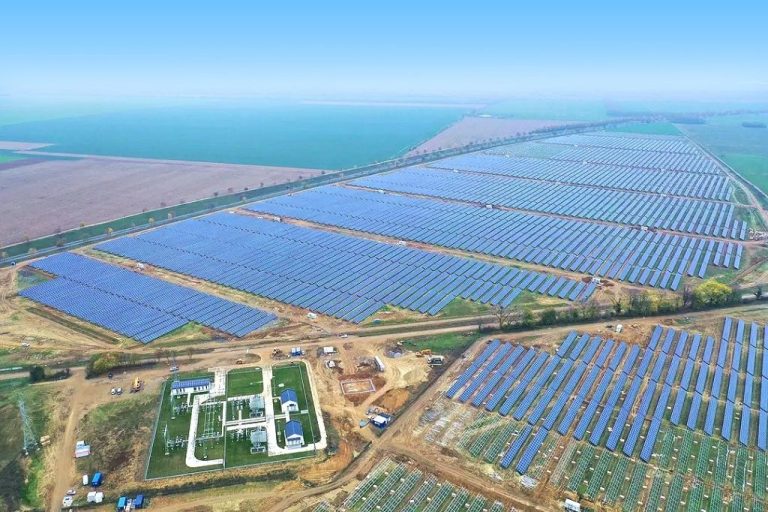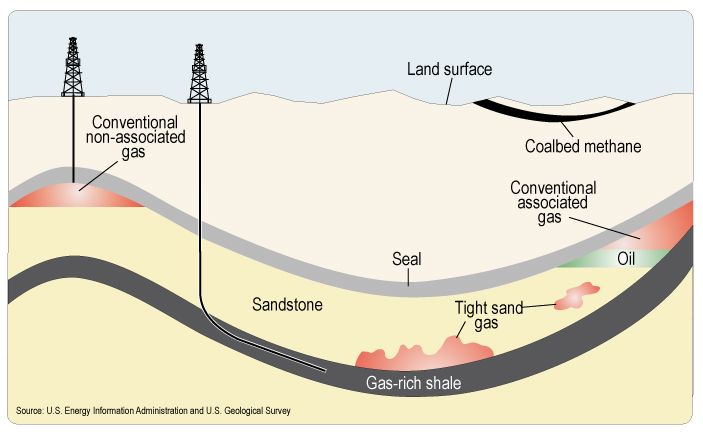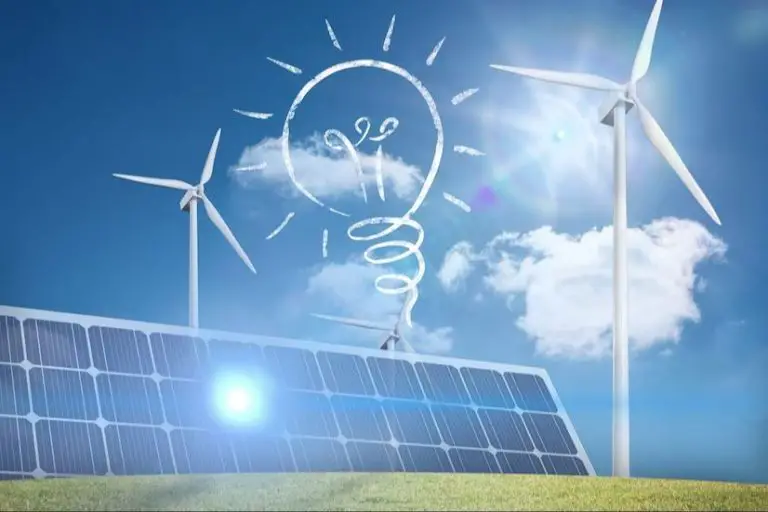Does Renewable Energy Have A Future In Bangladesh?
Renewable energy has seen steady growth in Bangladesh over the last decade, but its future potential is still uncertain. With a growing population and rising energy demand, Bangladesh faces pressure to expand its energy mix beyond fossil fuels. Renewable sources like solar, wind, and biofuels offer a clean alternative for a developing nation facing environmental and public health challenges. However, adoption of renewables faces economic and infrastructure obstacles. This analysis will examine the current state of renewable energy in Bangladesh and evaluate whether it can deliver meaningful capacity to meet the country’s needs going forward.
Renewable energy currently makes up a small percentage of Bangladesh’s total energy production. However, adoption of renewable sources is growing each year.
Current State of Renewable Energy
Renewable energy accounts for just 3% of Bangladesh’s total electricity generation. The main renewable energy sources used are solar, wind, and biomass.
Total energy consumption in Bangladesh was estimated to be around 64.5 million tons of oil equivalent in 2019. Traditional fossil fuels like natural gas, oil, and coal make up the vast majority at 97% of total energy consumption. Renewables like solar, wind, biomass, and hydropower account for just 3%.
While renewable energy currently makes up a small percentage of Bangladesh’s energy mix, there is optimism that adoption will grow in the coming years with the right policies and investments. Bangladesh has set targets to reach 10% renewable energy capacity by 2021.
Growth Potential
Bangladesh has significant potential for growth in renewable energy adoption and production. The government has set targets to increase the share of renewables in the energy mix to 10% by 2021 and 40% by 2041 under its Renewable Energy Policy. This will require growing renewable energy capacity from around 600 MW currently to over 11,000 MW by 2041.
Solar energy is expected to see massive growth, with installed capacity projected to reach 3,100 MW by 2025 and over 7,000 MW by 2041 if targets are met. Bangladesh has favorable conditions for solar power with high irradiance levels across the country.
The wind power market is still nascent but could reach 2,000 MW installed capacity by 2041. Feasibility studies show substantial wind energy potential, especially in coastal areas.
Growth is also expected in bioenergy, hydropower, and waste-to-energy. Overall, the renewable energy sector has enormous growth potential if supportive policies and investments can be sustained.
Benefits of Renewable Energy
Renewable energy provides many benefits to Bangladesh from an environmental, economic, and social perspective.
Environmentally, renewable energy generates little to no greenhouse gas emissions, helping Bangladesh reduce its carbon footprint and meet climate change goals. Sources like solar, wind, and hydropower produce clean electricity without emitting dangerous pollutants into the air. The growth of renewables can lower unhealthy air pollution, improving respiratory health.
Economically, renewable energy bolsters energy security, decreases reliance on expensive fossil fuel imports, and shields Bangladesh from global oil and gas price volatility. Investing in renewable infrastructure creates green jobs in construction, manufacturing, and more. It reduces spending on petrol and diesel subsidies. Renewable mini-grids and off-grid systems provide affordable electricity access to rural areas.
Socially, renewables expand electricity access to the 25% of Bangladeshis still lacking it, enabling better healthcare, education, and quality of life. They create an equitable and sustainable energy system. Renewable systems like home solar panels empower communities and households to become energy producers. Overall, renewables contribute to Bangladesh’s development goals.
Challenges to Adoption
While renewable energy offers many benefits, there remain significant challenges to widescale adoption in Bangladesh. Three major hurdles are costs, infrastructure needs, and consumer awareness.
The upfront costs of building solar, wind, and other renewable power plants are still higher than conventional fossil fuel plants. Renewable energy infrastructure also requires access to land and new transmission infrastructure to connect to the grid, which entails high costs. As a developing country, Bangladesh has limited ability to finance these large capital expenditures.
Bangladesh’s electricity grid and infrastructure is not equipped to handle the influx of variable and distributed renewable energy. Significant upgrades are needed to enable two-way flows of electricity and balance supply and demand. The technical expertise to manage modern grid operations is also lacking.
Consumers play a key role in renewable energy adoption but awareness remains low. Households and businesses may not understand the cost savings from technologies like rooftop solar or makes switch from traditional energy sources. More education is needed on the benefits of renewables to drive consumer demand.
Government Policy

The government of Bangladesh has implemented several initiatives and incentives to promote renewable energy adoption in recent years. This includes renewable energy targets, fiscal incentives like tax breaks, and regulatory reforms.
In 2008, the government set a target to generate 5% of electricity from renewable sources by 2015, and 10% by 2020. To meet these targets, policies like the Renewable Energy Policy of Bangladesh were enacted in 2008. This outlined specific goals for solar, wind, biofuel and other renewables. Tax holidays were also offered for renewable energy projects.
More recently, the government has aimed higher with a plan to generate 40% of power from renewables by 2041. New net metering guidelines were introduced in 2018, allowing rooftop solar producers to sell excess power back to the grid. Simplified licensing for household solar systems was also enacted.
On the regulatory front, the government established the Sustainable and Renewable Energy Development Authority (SREDA) in 2014 to streamline the adoption of renewable energy in Bangladesh. SREDA offers technical assistance and project facilitation services to support the industry.
With improving policy frameworks, fiscal incentives and regulatory reforms, the government has laid the groundwork to enable the growth of renewables in Bangladesh. More policy support will be needed to fully realize the country’s potential.
Private Sector Investment
The private sector is stepping up investments in renewable energy projects across Bangladesh. Major players include local conglomerates like Summit Group, Walton Group, and Meghna Group. International companies like Total and Marubeni have also entered Bangladesh’s renewable energy market through joint ventures and partnerships.
Total has partnered with Summit Power International to develop a 227 MW gas-fired power plant and 57 MW solar project. Marubeni is working with Chinese firm Zhejiang Jinko Solar Co Ltd to build and operate a 60 MW solar power plant. The Asian Development Bank has provided $20 million in loans to facilitate private sector solar investments.
According to industry estimates, over $3 billion has been invested in Bangladesh’s renewable energy sector since 2010. Investments have accelerated in recent years, with $500 million deployed in 2017 alone. Key factors attracting private capital include supportive government policies, rapidly decreasing technology costs, and strong power demand growth.
With only 400 MW of solar capacity operational so far, Bangladesh’s renewable energy market remains largely untapped. Continued private investment will be crucial to realize the nation’s vision of 10% renewables in the energy mix by 2020. Financial incentives like low-cost financing, tax breaks and guaranteed power purchase agreements can further catalyze capital inflows.
New Technologies
Bangladesh has seen a growing interest in adopting new renewable energy technologies tailored to its local context. For a densely populated country with limited land availability, innovations in rooftop and vertical solar have allowed even urban areas to generate clean energy. Bangladeshi researchers have pioneered floating solar farms on bodies of water, maximizing renewable potential. The falling prices of renewables globally have also enabled Bangladesh to benefit from technology transfers. For example, second-hand solar panels from Europe have found new life powering villages in Bangladesh after their initial deployment. Transferring innovations from abroad and adapting them locally will be key for Bangladesh to fully harness the promise of renewable energy.
Homegrown innovation will also play a role. Local Bangladeshi companies are pioneering pay-as-you-go solar home systems for rural households, allowing even the poorest segments of the population to afford clean electricity. Bangladeshi scientists are also exploring how to leverage the country’s extensive riverways and marshlands to generate low-cost hydropower. Renewable energy holds opportunities for Bangladesh not just in terms of clean electricity but also job creation and tech sector growth. With the right policies and incentives, Bangladesh can nurture a renewable energy industry tailored to its unique local conditions.
Case Studies
Bangladesh has several successful renewable energy projects that demonstrate the potential impact and viability of clean energy:
Grameen Shakti – This non-profit has installed over 1.6 million solar home systems in rural areas of Bangladesh since 1996, bringing electricity to over 8 million people. Their work has been crucial in demonstrating how solar can transform lives by providing light, power, and economic opportunities.
Kaptai Solar Mini Grid – Supported by the World Bank, this 40kW mini grid system powers 340 homes and businesses in Kaptai Upazila. It provides a model for sustainably powering off-grid communities with renewable energy.
United International University – This private university meets over 12% of its energy needs from their rooftop solar installation. It’s one of the largest solar roofs in the country and serves as an example for other universities and commercial buildings.
Rahimafrooz Solar Mini Grids – Rahimafrooz has installed over 60 solar powered mini grids on river islands and other remote areas, providing electricity to over 200,000 people who previously lacked access. The systems demonstrate the viability of powering off-grid communities.
These projects and others demonstrate Bangladesh’s leadership in renewable energy adoption. They provide tangible examples of the transformative potential of clean energy, if scaled nationwide.
Conclusion
In summary, renewable energy has promising growth potential and can provide many environmental and economic benefits in Bangladesh. The key factors impacting adoption include government policy, private sector investment, improvements in technology, and overcoming infrastructure challenges. With strong political will, policy support, and strategic partnerships between the public and private sectors, renewable energy can play an increasingly vital role in Bangladesh’s electricity generation mix. The nation has abundant renewable resources like solar and wind that can be harnessed to meet rising demand in a sustainable manner. Overall, the future prospects for renewables in Bangladesh look positive, if challenges around financing, infrastructure, regulations, and capabilities can be systematically addressed. Renewable energy has the potential to enhance Bangladesh’s energy security, reduce reliance on fossil fuel imports, curb air pollution, and lower costs for consumers. With prudent planning and execution, renewables can become a pillar of Bangladesh’s low carbon growth. The government, private sector, and civil society must collaborate to unlock Bangladesh’s renewable potential.





